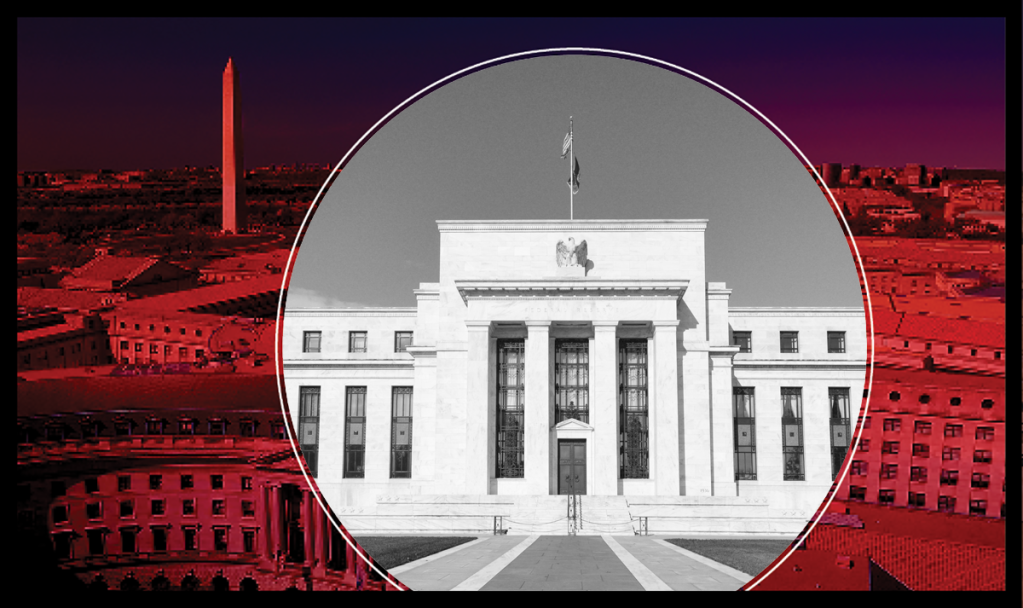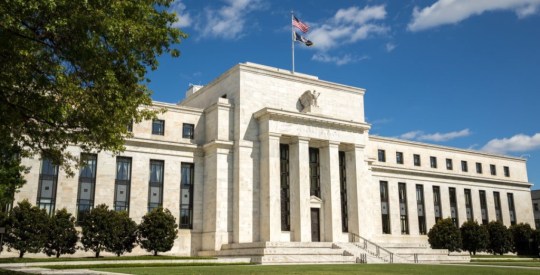
The Federal Reserve Bank of New York later this week plans to sell up to $90 million in agency mortgage-backed securities (MBS) now held in portfolio, a small sale, but still an interesting move in the current economic climate.
The MBS asset sale is not indicative of a change in monetary policy on the part of the Federal Reserve, the announcement of the sale states. Instead, the New York Fed said it undertakes these smaller MBS transactions from time to time to test its “operational readiness” to implement “existing and potential policy directives” from the Federal Open Market Committee (FOMC).
“[The] agency MBS small-value exercises … are conducted from time to time as a matter of prudent advance planning by the Federal Reserve,” the New York Federal Reserve Bank said in announcing the MBS sale slated for Dec. 9. “The exercises are conducted under the annual authorization for domestic open-market operations for the purpose of testing operational readiness.
“They do not represent a change in the stance of monetary policy, and no inference should be drawn about the timing of any change in the stance of monetary policy in the future.”
Although market observers who spoke with HousingWire agree that the Fed is not at this time considering selling off any of the $2.6 trillion in agency MBS held in its portfolio, there is a move afoot to reduce at a faster pace new bond purchases, called tapering. That would create the space for the Federal Reserve to later raise its benchmark interest rate sooner as well, a move that could be implemented by mid-year in 2022, according to some market watchers.
“The most likely path to tapering is to slow purchases of securities, thus reducing the growth in the amount of money in circulation,” said Ray Perryman, president and CEO of The Perryman Group, an economic research and analysis firm based in Texas.
Raising the benchmark interest rate would be a major step, if taken, and may be necessary next year to take some steam off of the economy and combat rising inflation, which in October shot past 6% on an annualized basis, the highest level in three decades. Perryman says rates may rise modestly over time as the Fed works to stem inflation, but he doesn’t see any major rate increases for the foreseeable future.
“Given the volumes of recent monetary policy, there’s ample room for tapering without notable market effects,” he explained. “While some observers are trying to cast this period like the double-digit inflation days of the late 1970s and early 1980s, it is not remotely similar.
“At that time, we had pretty much institutionalized inflation (many will recall that simple savings accounts paid 5.25% annual interest). Nothing even close to that is happening now.”
Still, today’s inflationary pressure — a byproduct of necessary pandemic deficit spending and related supply-chain bottlenecks, to a large degree, according to Perryman — is prompting the Fed to now consider picking up the pace of its bond tapering.
“At this point, the economy is very strong, and inflationary pressures are high,” Federal Reserve Chair Jerome Powell said in recent testimony before the Senate Committee on Banking, Housing and Urban Affairs. “It is therefore appropriate in my view to consider wrapping up the taper of our asset purchases, which we actually announced at our November meeting, perhaps a few months sooner.”
A decision on increasing the pace of tapering is expected to be made at the upcoming FOMC meeting, scheduled for December 14-15. Several other Federal Reserve members have echoed Powell’s comments and expressed support for speeding up the tapering process.
Laurie Goodman, vice president of housing finance policy and the founder of the Housing Finance Policy Center at the Urban Institute, expects even an accelerated tapering plan will have only a “minimal effect” on interest rates because “the market expects it.” Another factor to consider is that the Fed plan involves reducing only new bond purchases — both Treasury securities and MBS — and does not affect its purchases to replace bonds that mature each month, which is a significant number.
Prior to beginning the tapering strategy in November, the Fed was purchasing $80 billion in Treasury securities and $40 billion worth of MBS each month. The current tapering plan calls for reducing purchase of Treasury securities by $10 billion a month and new MBS asset purchases by $5 billion monthly — which would take new purchases of each to zero by mid-year 2022.
But even with the tapering underway, the Fed remains a major buyer in the market because it continues to replace maturing securities, called “run-off.” This past September, for example, according to the Urban League, the Fed’s agency MBS purchases totaled $102.3 billion — of which only $40 billion was new purchases.
Goodman said she expects the Fed will move forward with a plan to increase the velocity of its tapering. “I think they will taper $15 billion to $20 billion a month in Treasury securities and $7.5 billion to $10 billion [a month] for MBS,” Goodman said.
Even with an accelerated tapering schedule, however, the Fed still has plenty of firepower left in its monetary tool chest with respect to asset purchases or sales, including the ability to reduce the pace of its run-off replacement and, ultimately, the ability to begin selling off assets in its portfolio. The New York Fed’s small-value agency MBS asset sale slated for this week is proof of that “operational readiness.”
“The Fed will first taper its new bond purchases,” Goodman said. “When they have tapered to zero, they will take the time to assess whether they need to do more. At that point, tapering replacement purchases [run-off] will be on the table.”
As far as the further step of selling off a significant volume of its Treasury or MBS assets, Perryman said that is not likely to happen anytime soon.
“I don’t believe there will be sales of the Fed’s portfolio on the open market for the foreseeable future,” he said. “Direct interest moves [raising the benchmark interest rate] will likely come somewhat later.”




